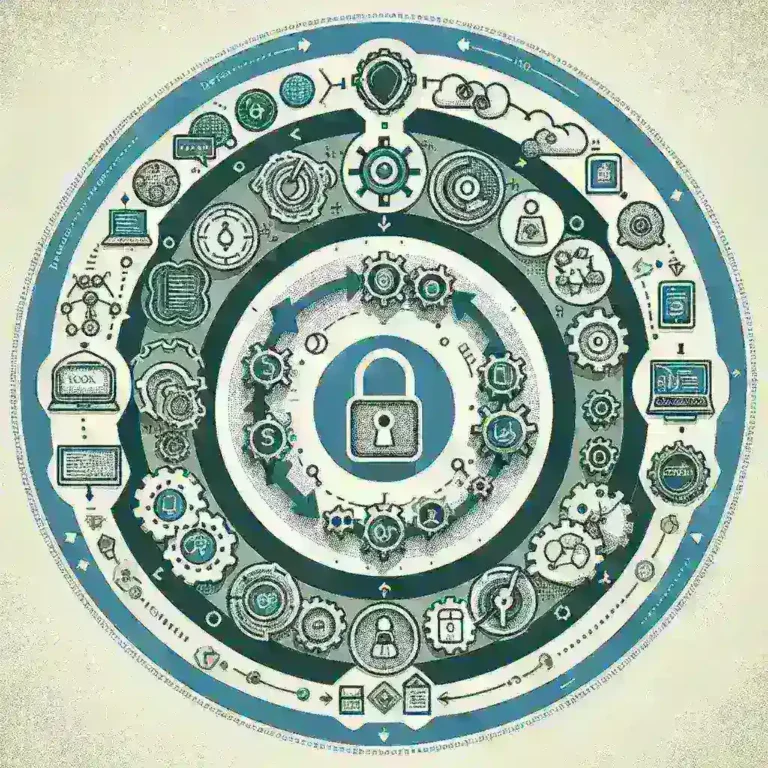
6G Technology Standards Finalized with Commercial Deployment Targeted for 2028
The Dawn of 6G Technology
As we stand on the brink of a new technological era, the finalization of 6G technology standards marks a significant milestone in the evolution of wireless communication. With commercial deployment targeted for 2028, stakeholders across the globe are gearing up for a transformative leap that promises to redefine connectivity.
Understanding the 6G Vision
While 5G technology has already begun to revolutionize industries with its high-speed internet and low-latency connectivity, 6G is set to take things even further. The vision for 6G encompasses not just faster speeds but also enhanced capacity, lower latency, and improved energy efficiency.
What is 6G Technology?
6G, or sixth-generation wireless technology, is envisioned to function as an ultra-fast, low-latency communication system that will cater to diverse applications including augmented reality (AR), virtual reality (VR), holographic communication, and the Internet of Things (IoT). Its development reflects the growing demand for wireless communication that can support an increasingly digital and interconnected world.
A Brief Historical Context
To appreciate the advancements that 6G technology entails, it’s essential to understand its predecessors:
- 1G: Launched in the early 1980s, this generation introduced analog voice communication.
- 2G: The 1990s saw the introduction of digital voice and SMS capabilities.
- 3G: Enhanced data rates in the early 2000s allowed mobile internet browsing.
- 4G: The advent of LTE brought about high-speed mobile broadband.
- 5G: Currently deploying, it introduces ultra-reliable low-latency communication (URLLC) and massive machine-type communications (mMTC).
Each generation has served as a stepping stone, leading us toward the advanced capabilities that 6G will offer.
Key Features of 6G Technology
As the finalized standards for 6G emerge, several key features are gaining attention:
- Ultra-high Speeds: Expected to reach speeds of up to 1 Tbps, enabling instantaneous data transfer.
- Massive Connectivity: The capacity to connect up to a million devices per square kilometer, paving the way for an even more interconnected world.
- Enhanced Reliability: Low latency (sub-millisecond) will support real-time communications essential for critical applications.
- Intelligent Network: Leveraging AI and machine learning to optimize network performance and resource allocation.
Commercial Deployment Targeted for 2028
The roadmap for 6G technology outlines a comprehensive timeline leading to commercial deployment by 2028. This timeline is not merely ambitious; it reflects the synergy between research institutions, technology companies, and governments worldwide.
Steps Toward Implementation
To ensure a successful rollout, several key steps have been established:
- Research and Development: Continuous investment in R&D to harness new technologies, such as terahertz communication.
- Standardization: Collaborations among international bodies to establish and finalize 6G standards.
- Infrastructure Upgrades: Necessary enhancements to existing infrastructure to accommodate new technology.
- Regulatory Frameworks: Development of policies that facilitate innovation while ensuring user safety and data privacy.
Implications for Various Industries
6G technology stands to impact numerous sectors dramatically:
- Healthcare: Telemedicine will advance significantly, with real-time monitoring and faster diagnostics.
- Transportation: Autonomous vehicles will benefit from enhanced communication networks, improving safety and efficiency.
- Entertainment: The gaming and streaming industries will see more immersive experiences with high-quality VR and AR applications.
- Manufacturing: Smart factories will leverage 6G to optimize operations through real-time data analytics and communication.
Challenges Ahead
While the prospects of 6G technology are exciting, several challenges must be addressed:
- Infrastructure Costs: Upgrading existing networks and building new infrastructure will require substantial investment.
- Standardization Delays: The process of establishing global standards can be slow and contentious, potentially delaying deployment.
- Security Concerns: Enhanced connectivity brings heightened risks to cybersecurity that must be managed effectively.
Future Predictions
Looking beyond 2028, the implications of 6G technology are boundless. As connectivity becomes even more ubiquitous, we can expect:
- A Seamless Digital Experience: With ultra-fast networks, experiences across devices will become seamless and integrated.
- Smart Cities: Urban areas will evolve into smart cities equipped with advanced infrastructure for improved living conditions.
- Global Connectivity: Remote and underserved areas will finally gain access to reliable high-speed internet, bridging the digital divide.
Conclusion
The finalization of 6G technology standards marks a pivotal moment in digital communication history. With commercial deployment on the horizon, businesses, governments, and individuals alike must prepare for the technological shifts that lie ahead. As we transition from 5G to 6G, the possibilities are endless, and the future is bright for enhanced connectivity.
With the right investments, collaborations, and innovations, the journey toward 6G will not only transform industries but also enrich lives globally. The countdown to 2028 has begun, and the world is eager to experience the next generation of technology.



Leave a Comment